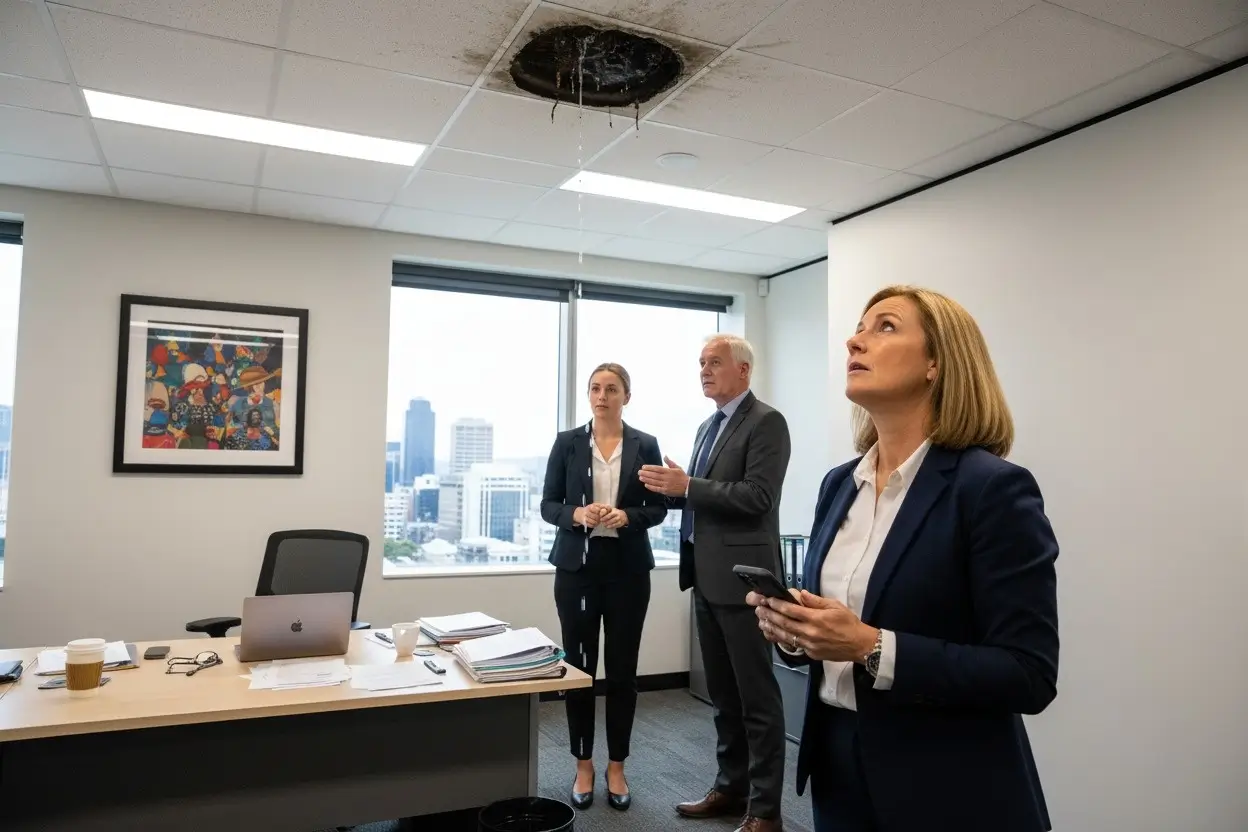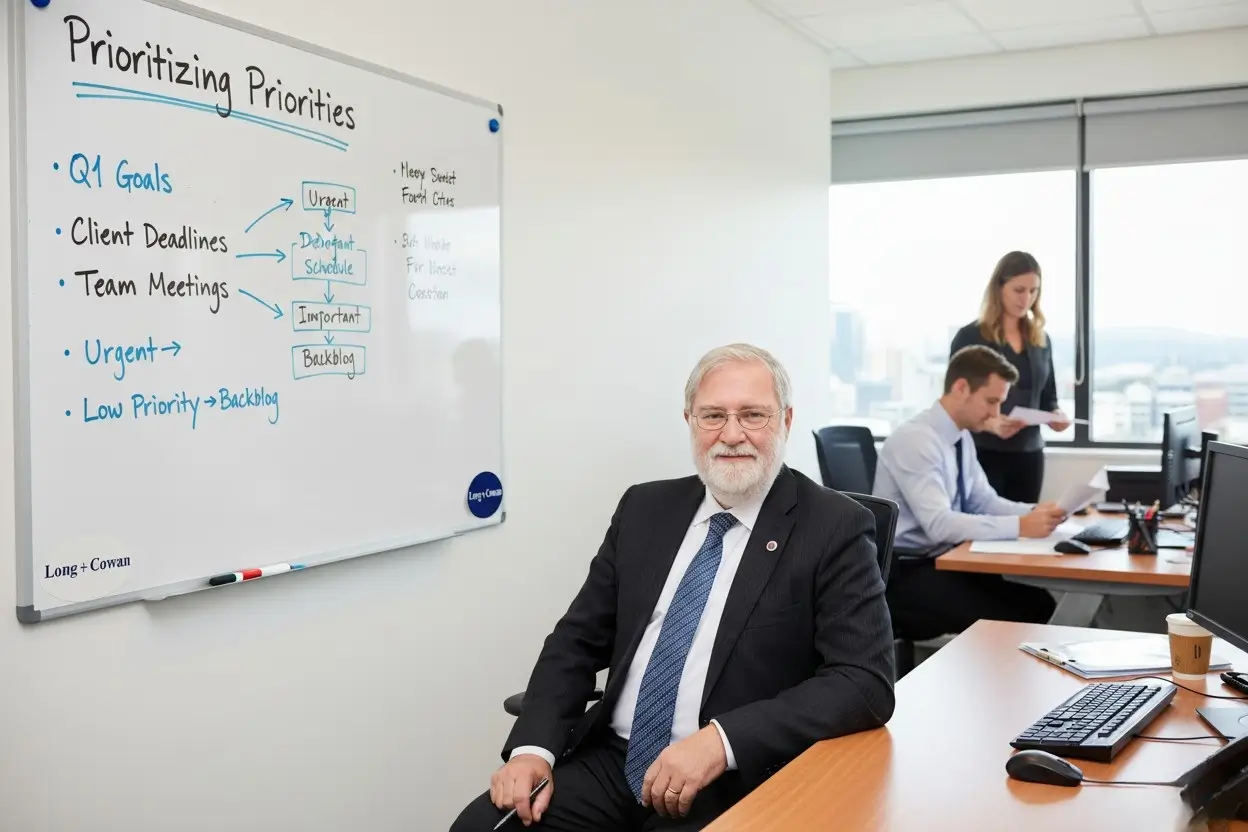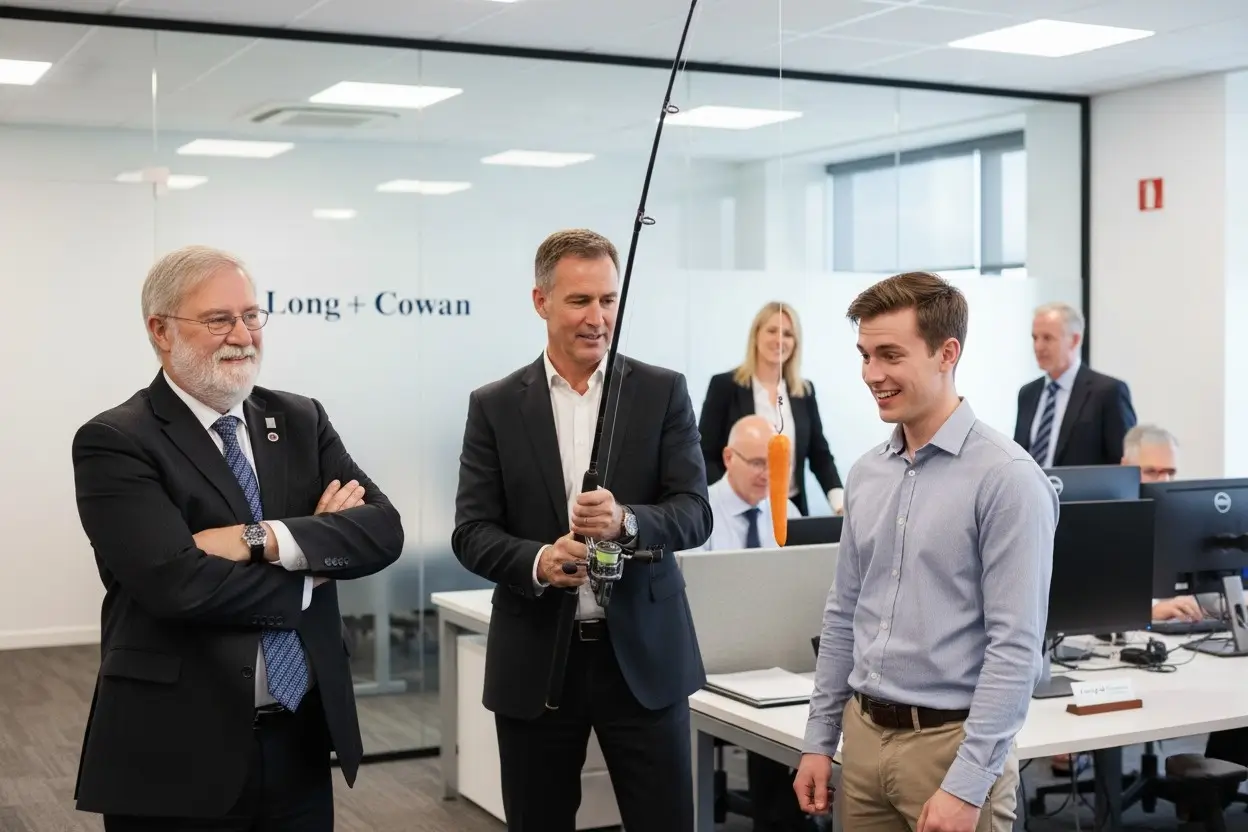Profit is more than just the difference between income and expenses. It is the measure of how efficiently a business converts effort and resources into financial reward. At Long + Cowan, we help Wellington businesses strengthen their understanding of profit to support long-term growth, stability, and confidence in decision-making.
Many business owners focus on sales but overlook margins, overheads, or efficiency. True profitability depends on the balance of all three. When profit is analysed correctly, it becomes a tool for planning rather than just a result on a report.
Defining Profit in Practical Terms
Profit can be measured in several ways. Gross profit shows the margin earned from goods or services after direct costs. Net profit reflects what remains after all expenses, including wages, rent, and tax. Understanding these distinctions helps you interpret your financial performance accurately.
Both figures matter. Gross profit reveals pricing and efficiency; net profit shows overall health. Regularly reviewing both ensures your business remains viable and resilient even when costs rise or revenue fluctuates.
Identifying What Drives Profit
Every business has key profit drivers. These may include sales volume, pricing, cost control, or staff productivity. Analysing which variables influence profit most allows better control and quicker response to change.
For example, small improvements in efficiency or pricing can yield significant gains. A two percent increase in price combined with a two percent cost reduction can lift net profit far more than increasing sales volume alone.
Understanding Fixed and Variable Costs
Knowing the difference between fixed and variable costs is vital for decision-making. Fixed costs remain stable regardless of sales levels, such as rent or insurance. Variable costs change with production or service activity, including materials or subcontracting.
By distinguishing between these, business owners can forecast how changes in sales affect profit. This analysis also helps identify break-even points and set realistic financial goals.
Improving Margins Through Cost Control
Controlling expenses requires awareness and discipline. Regular reviews of supplier contracts, utility costs, and administrative spending can reveal opportunities for savings. However, cutting costs without considering quality or staff impact can damage performance.
At Long + Cowan, we help Wellington clients find balance by distinguishing between essential and discretionary spending. Efficient operations protect both profit and reputation.
The Role of Pricing in Profitability
Pricing strategy directly influences profit. Many businesses undervalue their services to attract customers, reducing margins unnecessarily. Effective pricing reflects not only cost but also value. Clients often pay more for reliability, expertise, and trust.
Conducting competitor analysis and understanding customer expectations supports smarter pricing decisions. Periodic reviews ensure rates remain aligned with market demand and cost changes.
Analysing Financial Statements
Financial statements provide insight into performance trends. Regularly reviewing income statements, balance sheets, and cash flow reports highlights areas requiring attention. These reports should not be viewed only at year-end but used as monthly management tools.
We encourage clients to review financial data against budgets and prior periods. Identifying variances early enables swift corrective action. Numbers tell a story, but interpretation turns them into strategy.
Linking Profit to Cash Flow
Profitability and cash flow are closely related but not identical. A business may appear profitable on paper yet struggle with liquidity due to late payments or stock build-up. Monitoring both ensures sustainable operation.
By preparing cash flow forecasts alongside profit reports, you can anticipate funding gaps and plan accordingly. Consistent monitoring also supports better relationships with lenders and investors.
Using Technology to Track Performance
Modern accounting systems provide real-time insight into profit and cash flow. Cloud platforms such as Xero allow easy tracking of margins, cost centres, and performance trends. Automation saves time and reduces error, allowing business owners to focus on strategy rather than administration.
We help Wellington businesses use technology to create meaningful reports that highlight opportunities, not just record transactions. Data is powerful only when interpreted effectively.
Making Profit a Shared Goal
Profit should not be a secret confined to management. When staff understand how their actions affect profitability, they work more efficiently. Sharing basic financial goals encourages ownership and accountability.
For example, explaining how reducing waste, meeting deadlines, or improving customer service contributes to profit helps teams see the direct link between effort and outcome.
Recognising External Influences on Profit
External factors such as inflation, interest rates, and regulatory changes can impact profitability. Planning for these variables requires regular review of market conditions and operational costs.
Building a small financial buffer protects against downturns. Forecasting different scenarios helps you stay prepared for change rather than reacting under pressure.
Developing Strategies to Increase Profit
Improving profit involves a combination of revenue growth and cost efficiency. Strategies might include:
- Expanding services to existing clients.
- Introducing automation to reduce manual work.
- Negotiating better supplier terms.
- Adjusting pricing based on value delivered.
- Improving marketing effectiveness to attract high-value clients.
Implementing even a few of these steps can create significant impact over time.
Interpreting Profit Beyond Numbers
Profit also reflects performance quality. High turnover with low margins may indicate overextension; modest revenue with strong margins may show efficiency. Analysing patterns helps identify strengths and weaknesses across departments.
Qualitative factors such as customer satisfaction, staff retention, and innovation capacity also influence long-term profit. Viewing profitability holistically supports better planning and leadership decisions.
Regular Profit Reviews and Adjustments
Frequent profit analysis prevents surprises. We recommend monthly or quarterly reviews to assess trends, test strategies, and make adjustments.
By comparing actual results with forecasts, you can identify what drives improvement. Consistency in review builds discipline and ensures continuous improvement.
Working with Experts to Strengthen Profitability
Professional advice adds objectivity and technical insight. Accountants can help analyse margins, interpret ratios, and benchmark performance against industry standards. These insights guide better decisions and strategic direction.
At Long + Cowan, we work with Wellington business owners to transform raw financial data into actionable strategy. For expert support in improving profitability, contact us for more info by filling in an enquiry form or e-mailing or calling us during office hours.
















































